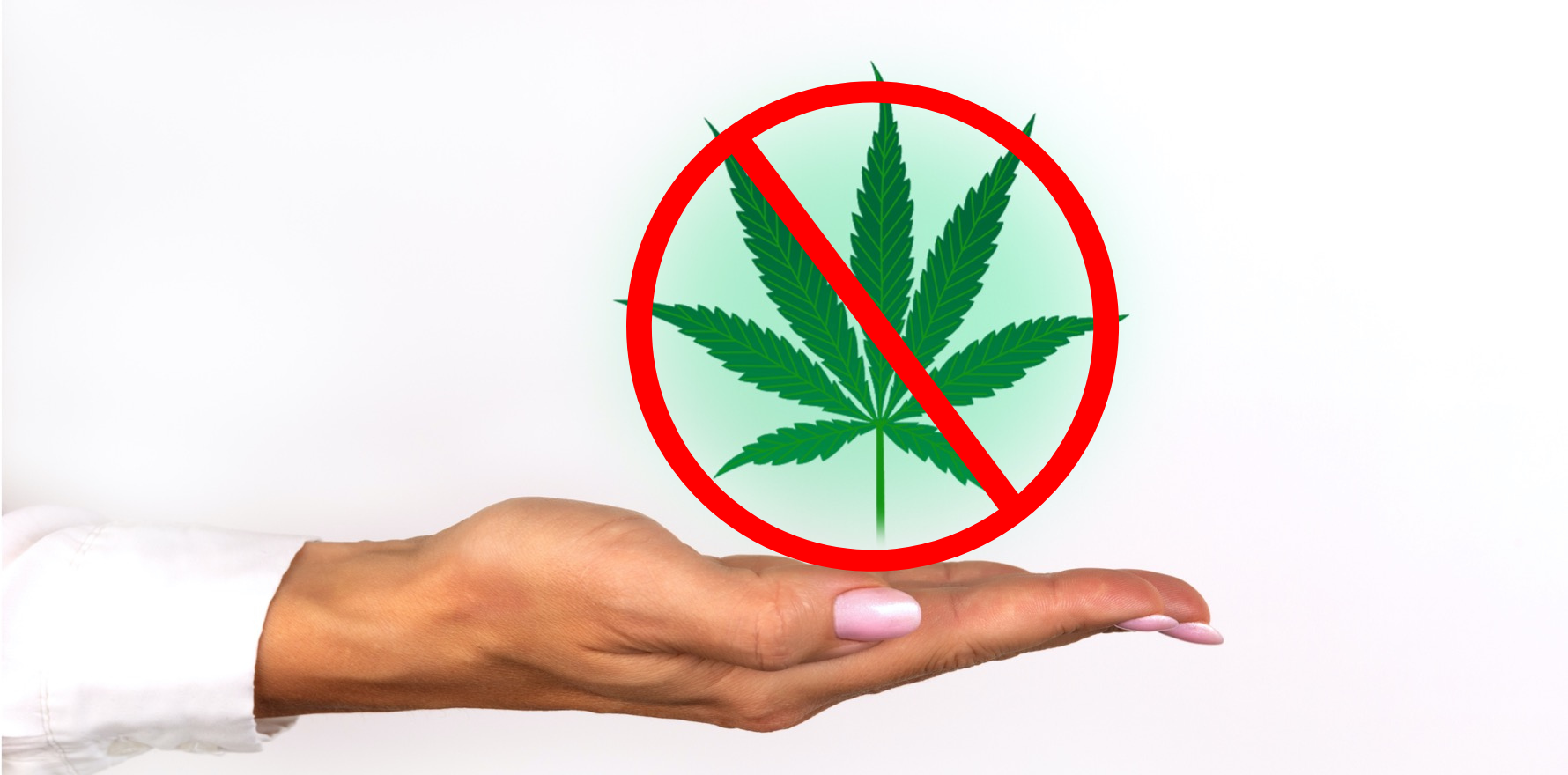What’s the effect of synthetic cannabidiol on hand OA and PsA pain? Zip. Zilch. Zero.
Daily doses of synthetic cannabidiol had no clinically or statistically significant benefit beyond placebo for pain in patients with hand osteoarthritis or passive psoriatic arthritis, according to findings presented at ACR21.
Danish researchers randomised over 120 patients with hand osteoarthritis or psoriatic arthritis without swollen joints to receive 20mg to 30mg of cannabidiol or placebo.
At the end of the three-month double-blind trial, a reduction in pain intensity of 30mm or more, as measured on a 0-100mm visual analog scale, was reported by 22% patients receiving CBD and 21% receiving placebo. The between group difference in pain intensity was 0.23mm, which was non-significant.
At least 30% reduction in pain was reported by 40% of patients in both groups, and more than 50% reduction by around a quarter of participants in each group.
Dr Vela presents DB RCT on cannabidiol in hand OA and PsA. No effect seen. Abstr#1456 #ACR21 @RheumNow pic.twitter.com/ck2eUx5Elz
— Richard Conway (@RichardPAConway) November 8, 2021
Dr Jonathan Vela, of Aalborg University Hospital Denmark, said “In essence, there was no difference between the groups in pain alleviation, and that was also the same for the secondary outcomes – sleep quality, depression, anxiety or pain catastrophising by patients.”
Although Dr Vela said that using a higher dose of CBD could yield different results, 20-30mg is “in line with what vendors are recommending and what cannabis societies have recommended for pain.”
Pain relief for some patients was significant enough for them to discontinue their regular pain medications. However, this occurred in roughly the same number of people in both groups.
“In my practice I probably hear about CBD from every other patient. It’s 50% of the time,” said the session moderator Associate Professor Jerry Molitor of the University of Minnesota Medical School.
“We need to see these kinds of data to have some way to speak with our patients where there’s a great deal of enthusiasm about CBD.”
Cannabinoids, terpenes and flavonoids are the main compounds found in natural cannabis with terpenes and flavonoids most notably providing aroma and flavour. An ACR2021 audience member asked if these natural components would create better pain relief when combined with synthetic cannabinoids.
“Maybe, maybe not,” Dr Vela said. He referenced a systematic review and meta-analysis on studies on animals testing the therapeutic effects of cannabinoids, cannabis-based medicines and endocannabinoid system modulators.
“CBD did attenuate pain mostly in neuropathic pain models but had mixed results in inflammatory pain models,” Dr Vela said, adding that randomised controls in humans are necessary to find out.
Australian rheumatologist Dr David Liew discussed the research in a video posted on RheumNow. He asks the questions: If this was any other drug would we still pursue it? Is this going to be the last trial on CBD?
A deep dive into CBD for rheumatology care was also presented at ARC2021 today. Associate Professor Mary-Ann Fitzcharles, pain medicine physician at McGill University Canada, explored the potential role of CBD and provided an update of “what’s happening in the real world”.
Professor Fitzcharles reviewed the botanical and biological effects of cannabidiol, the legal status of CBD across the globe and evidence from a variety of clinical trials.
She explained her approach to managing patients using CBD and reviewed the different cannabis products which are being marketed as wellness products, precluding them from stringent regulations applicable for drugs.
“CBD has preclinical evidence for effect on many conditions but the clinical evidence is lacking. We really have concerns about the quality of these products,” Professor Fitzcharles said. “And dispensary staff should not be managing our patients.”
- 1456: Cannabidiol Treatment in Hand Osteoarthritis and Psoriatic Arthritis – A Randomized, Double-blind Placebo-controlled Trial
- 8M404: Alternative Therapies for the Management of Pain Syndromes


